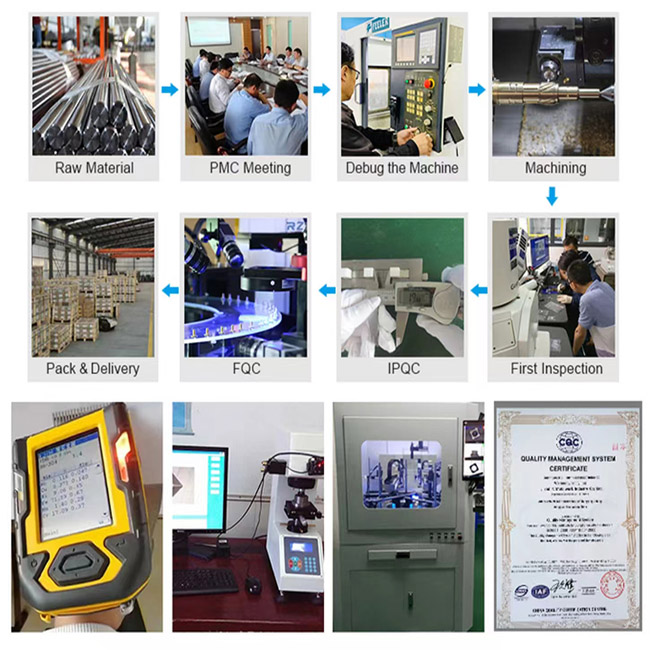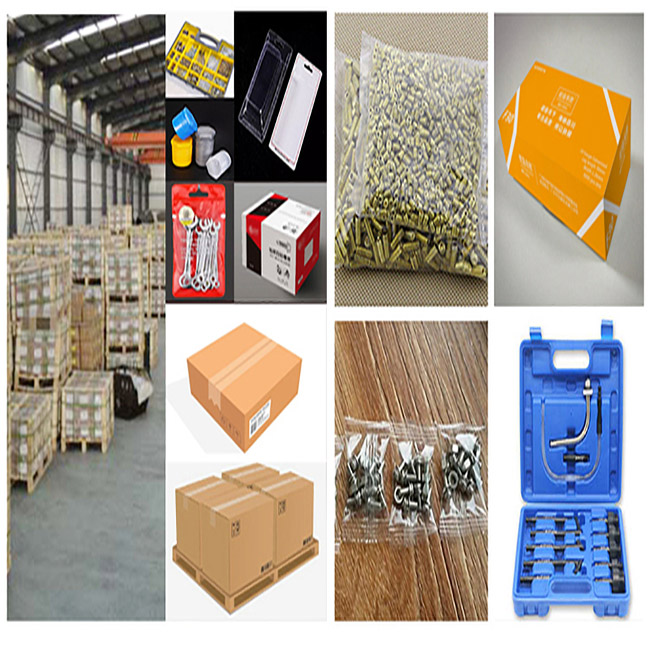Aluminum 6061 is one of the most commonly used aluminum alloys due
to its excellent combination of strength, corrosion resistance,
weldability, and ease of processing. It belongs to the 6000 series
of aluminum alloys, which are primarily composed of aluminum,
magnesium, and silicon. Due to its versatile properties, 6061 is
widely used in industries such as aerospace, construction,
automotive, marine, and electronics. This article will explore the
key characteristics of aluminum 6061, including its chemical
composition, physical properties, mechanical properties, corrosion
resistance, weldability, and common applications.
1. Chemical Composition
Aluminum 6061 is a heat-treatable alloy, and its chemical
composition is primarily based on aluminum, with significant
amounts of magnesium and silicon. The typical composition of 6061
aluminum alloy is as follows:
• Aluminum (Al): Balance
• Silicon (Si): 0.4–0.8%
• Iron (Fe): 0.7% max
• Copper (Cu): 0.15–0.4%
• Manganese (Mn): 0.15% max
• Magnesium (Mg): 1.0–1.5%
• Chromium (Cr): 0.04–0.35%
• Zinc (Zn): 0.25% max
• Titanium (Ti): 0.15% max
The addition of magnesium and silicon in specific proportions gives
6061 its excellent mechanical strength and corrosion resistance,
while copper provides additional strength and hardness. The
chromium content helps to enhance its resistance to stress
corrosion cracking.
2. Physical Properties
Aluminum 6061 offers a range of favorable physical properties,
including low density, high thermal conductivity, and good
electrical conductivity. Key physical properties of 6061 aluminum
include:
• Density: 2.70 g/cm³ (2700 kg/m³)
• Melting Point: 582–652°C (1080–1205°F)
• Thermal Conductivity: 151 W/m·K
• Electrical Conductivity: 40–42% IACS (International Annealed
Copper Standard)
• Specific Heat: 0.897 J/g·°C
• Modulus of Elasticity: 68.9 GPa (10.0 × 10³ ksi)
The low density of aluminum 6061 (compared to steel and many other
metals) makes it a lightweight option for applications requiring
strength-to-weight ratio. Additionally, its relatively high thermal
conductivity is useful in heat exchange applications.
3. Weldability and Workability
One of the major advantages of 6061 aluminum alloy is its excellent
weldability and workability. It can be welded using several
techniques, including TIG (Tungsten Inert Gas), MIG (Metal Inert
Gas), and arc welding. The alloy can also be easily machined,
extruded, and forged.
• Weldability: 6061 is considered one of the most weldable aluminum
alloys. It produces strong, high-quality welds, but care must be
taken during the welding process to prevent cracking. In
particular, preheating and post-weld heat treatment may be
necessary in certain cases to minimize the risk of weld defects.
• Machining: Aluminum 6061 is easy to machine, and it can be
processed with common machining tools such as lathes, mills, and
drills. Its excellent workability and surface finish make it an
attractive option for precision machining applications.
• Formability: 6061 can be easily extruded into a wide range of
profiles, including round, square, rectangular, and custom shapes.
It is also suitable for cold working operations like bending,
drawing, and rolling.





